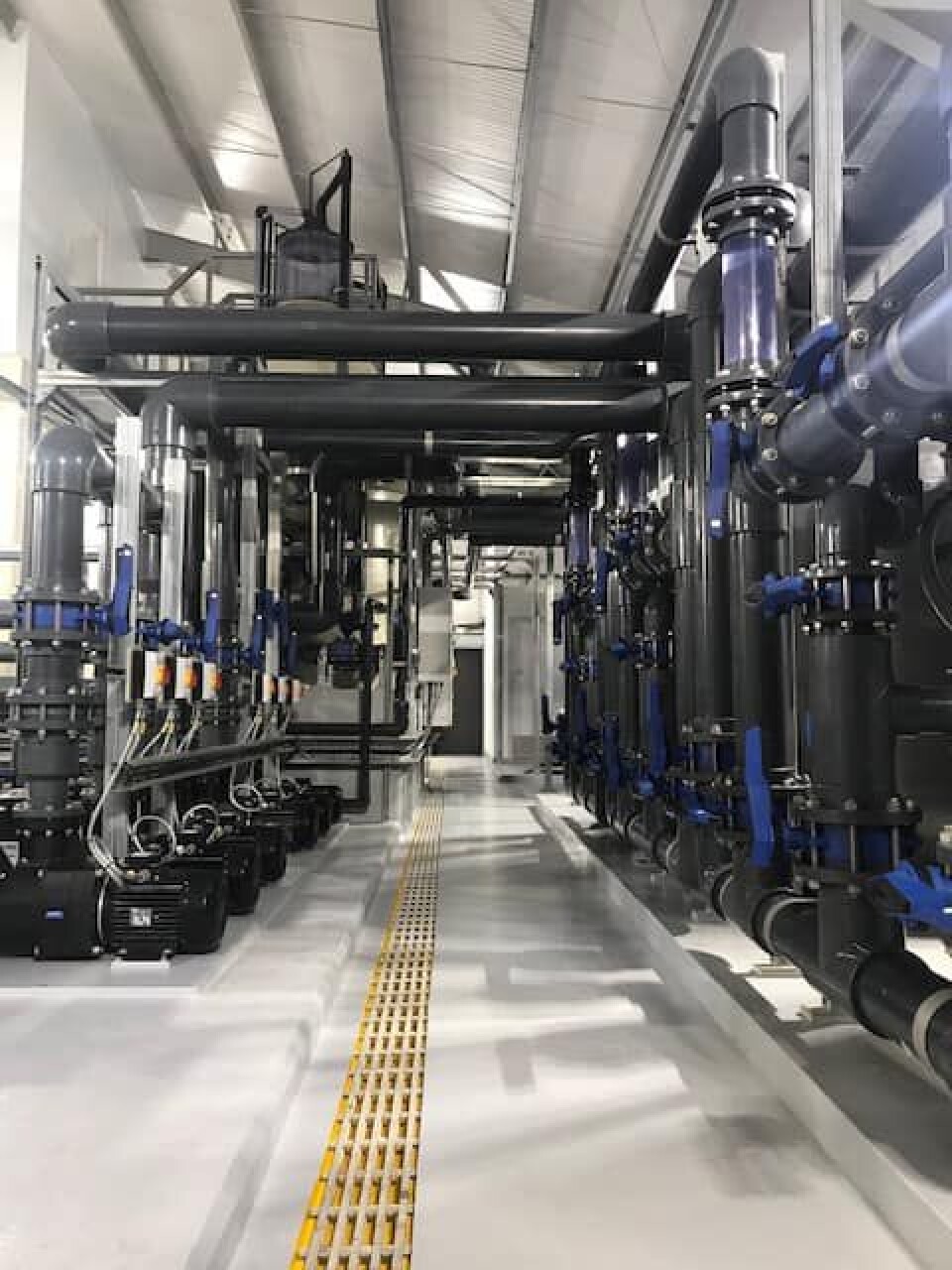
Milestone for Mowi’s Welsh wrasse facility
Mowi Scotland has begun production of wrasse at its newly developed recirculating aquaculture system facility in Anglesey, Wales.
The salmon farmer said in a Facebook post at the weekend that the wrasse unit had received its first batch of eggs for the cleaner fish.
Mowi already produces wrasse at a facility it shares with Scottish Sea Farms at Machrihanish, Argyll and Bute, which produces around 200,000 fish per year.

Lumpfish
It also grows lumpfish at Ocean Matters, which it bought last year, and which is sited next door to the new wrasse plant.
The new Anglesey facility is housed in a refurbished former sea bass farm and is expected to grow between 800,000 and a million fish per year, which will help reduce the need for wild-caught wrasse. In 2018 Scotland’s salmon farmers estimated they required up to 1.2 million wrasse annually, a figure likely to rise as the industry expands.
In 2018 Mowi and Scottish Sea Farms, in collaboration with Stirling University’s Institute of Aquaculture and others, successfully closed the breeding cycle for Ballan wrasse at Machrihanish in what was believed to be a world first.
The achievement meant that wrasse could be bred from fish that had been themselves been born in captivity.
Captive rearing
Paul Featherstone, manager at the Machrihanish hatchery, explained to Fish Farming Expert at the time that the breakthrough would lead to a quite rapid increase in numbers because each generation would be better suited to life in a tank.
“Under the current circumstances, using the progeny of wild wrasse, we are not getting the numbers out that the industry requires because of all the problems in captive rearing,” he said.
“Now that we’ve got a farmed generation coming through, I think the numbers should be able to build up fairly quickly over the next two or three years to supply the industry’s needs.
“They become more domesticated to the system. [It’s the same as] If you’re dealing with a wild cow or sheep or something, over the years the animals become more domesticated, they grow better in captivity.”






















































